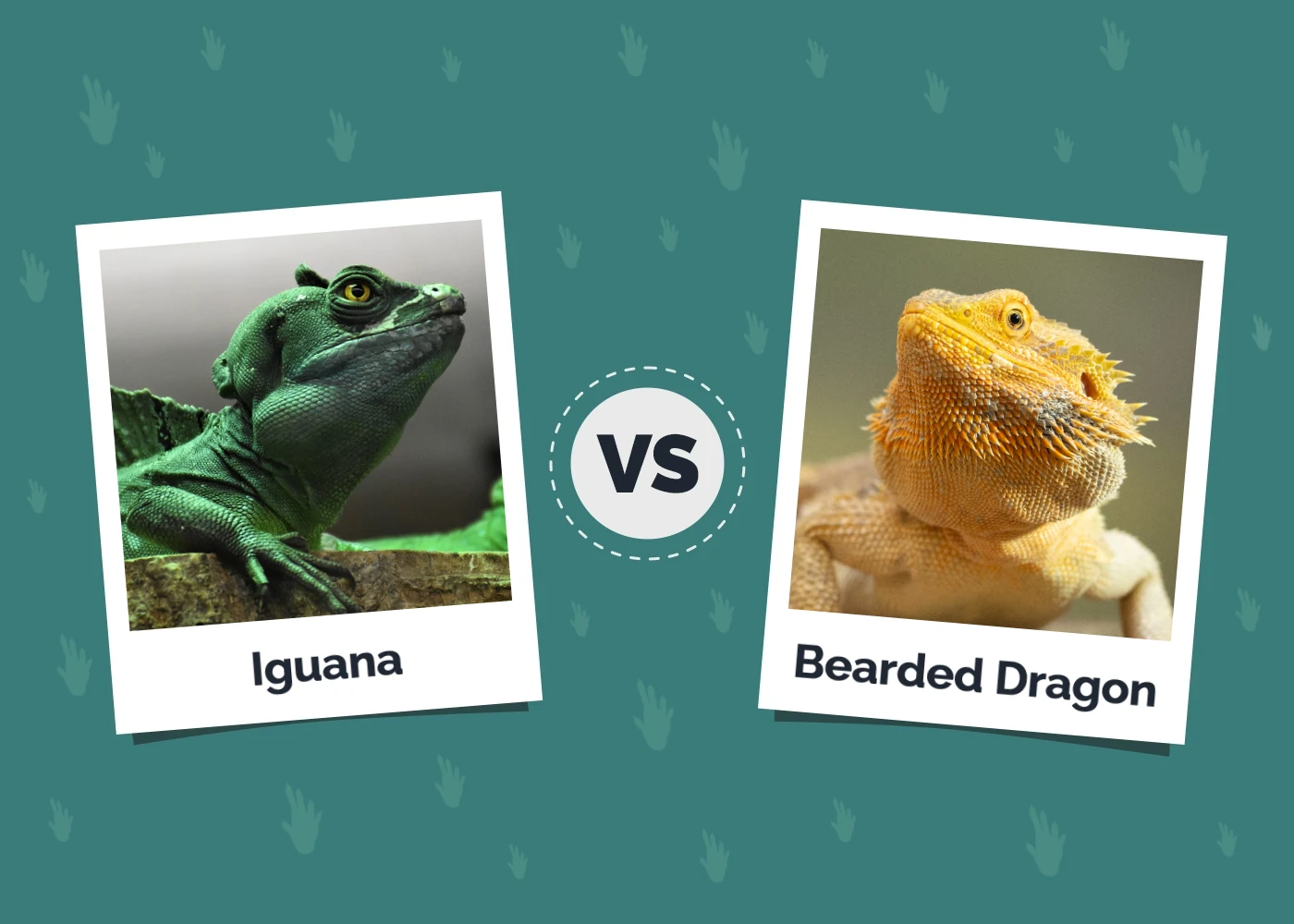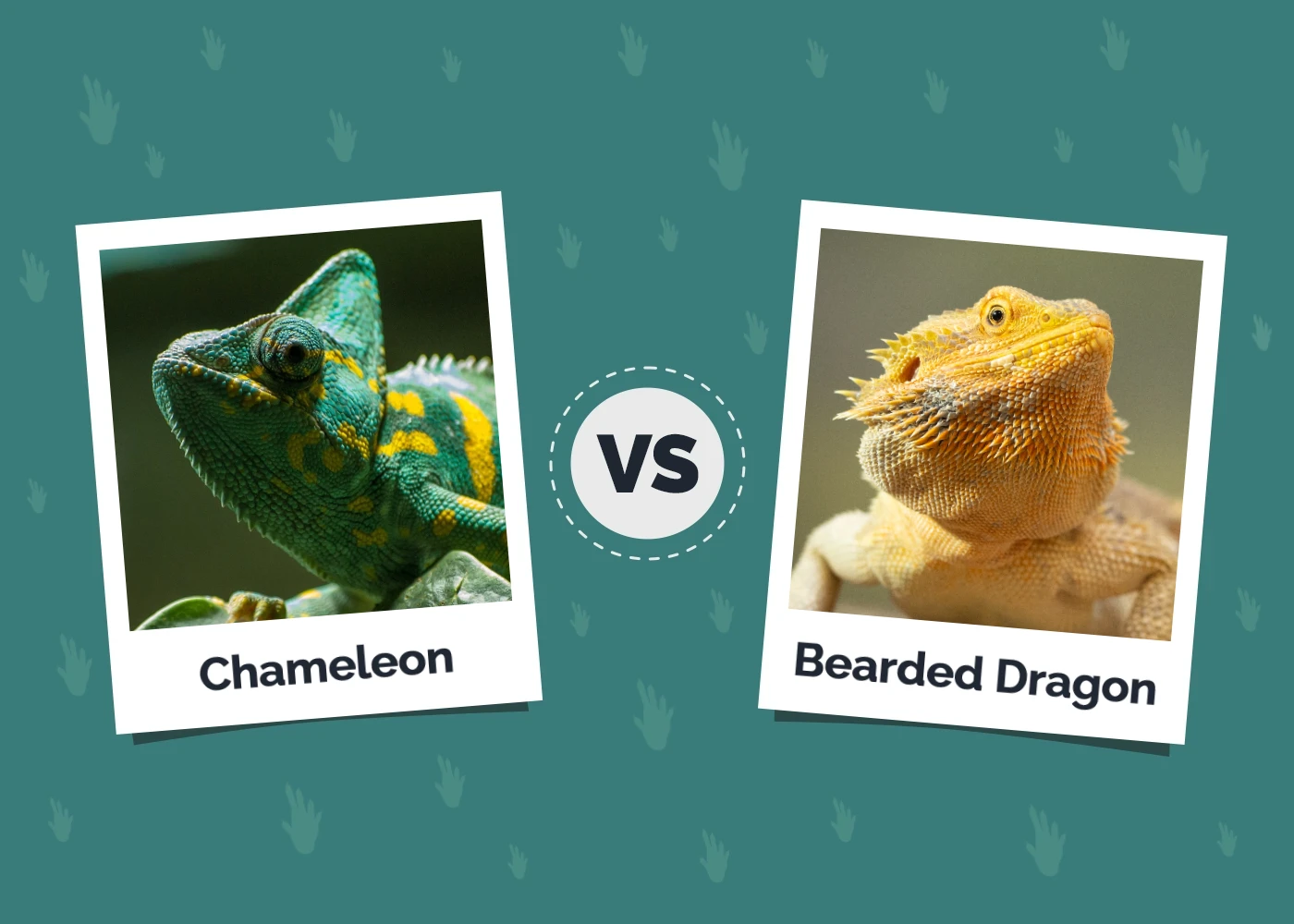10 Vet-Approved Greens for Bearded Dragons (With Pictures)
Updated on
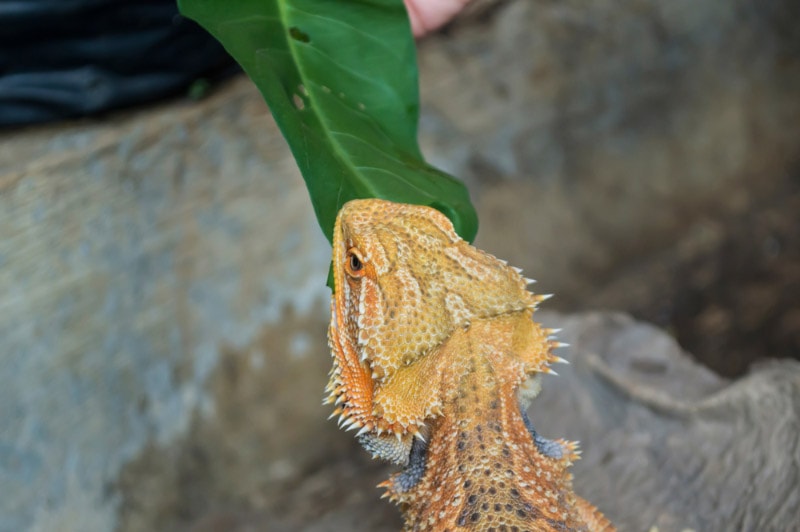
Click to Skip Ahead
Bearded dragons are interesting pets. These amazing reptiles are relatively easy to care for and can even be suitable pets for older children. To keep a bearded dragon happy and healthy, you need to ensure their diet is balanced and varied. While these reptiles enjoy insects, small rodents, fruits, and veggies, greens are something they love. Below is a list of the 10 best greens for bearded dragons. This includes greens that can be included in their daily mix and ones they should eat less often. The age of your bearded dragon determines the proportion of plant matter to insect protein they require to be healthy. If you have any questions contact your local exotics veterinarian for advice on the right balance of foods for your pet.
Greens Safe for Daily Consumption
While there are lots of greens that provide health benefits to your bearded dragon, not all of them should be used for daily consumption. First, we’ll take a look at those greens that are healthy and safe for your bearded dragon to eat regularly as part of their salad mix. Variety is important for bearded dragons and they should always be offered a mixture of greens, rotating different ones in and out of the mix.
1. Collard Greens
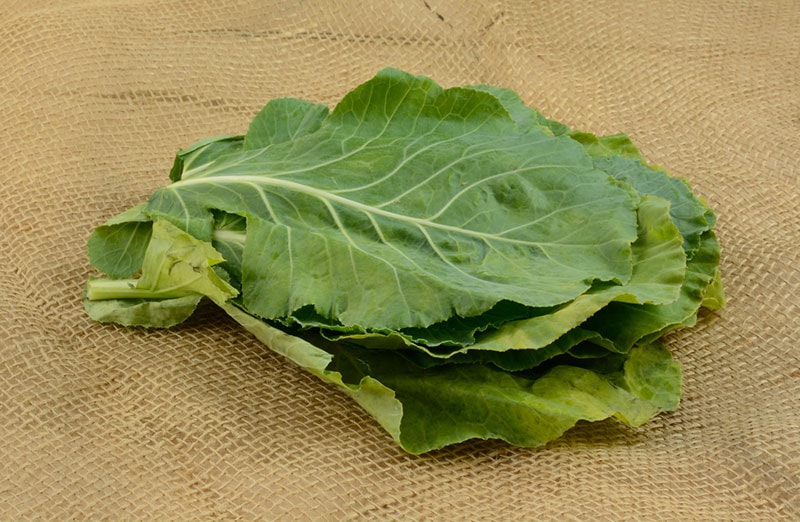
Collard greens are a great addition to your bearded dragon’s diet. They are low in calories and rich in vitamins A, C, and K. Collard greens also provide your beardie with an excellent calcium-to-phosphorus ratio and plenty of fiber.
2. Dandelion
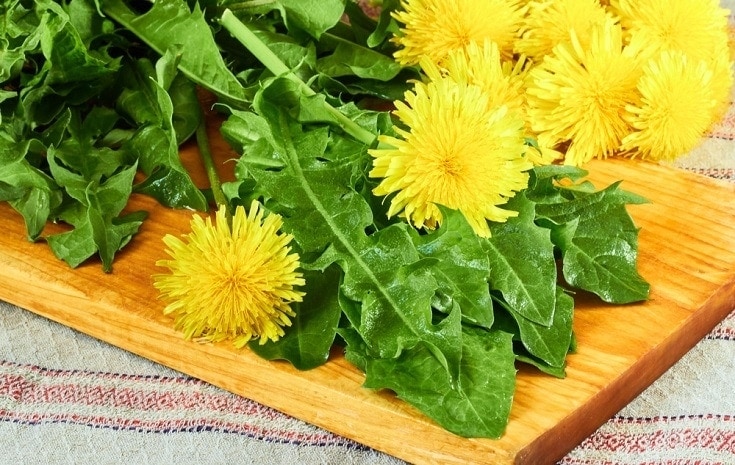
Dandelion leaves are high in vitamins and calcium. Bearded dragons also love this green. Dandelions are good for promoting a strong body and healthy bones. If you offer these yard staples to your Beardie, make sure they are pesticide and chemical free.
3. Mustard Greens
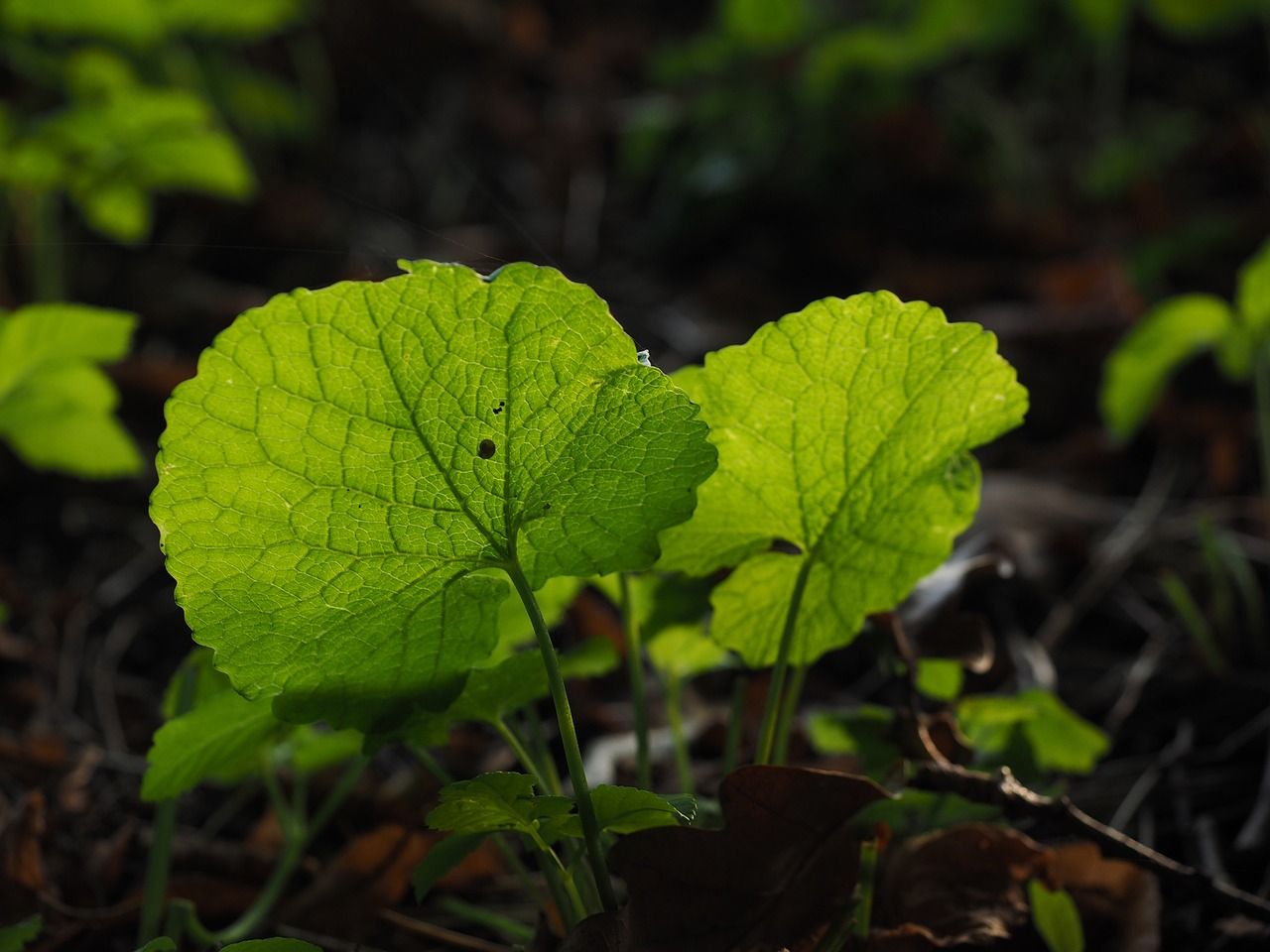
Mustard greens offer a slightly peppery taste that your bearded dragon may love. You’ll be pleased that this green is high in fiber, calcium, and vitamins to keep your Beardie healthy. This is another green that has a great calcium-to-phosphorus ratio to help keep your pet’s bones strong and healthy.
4. Prickly Pear Cacti
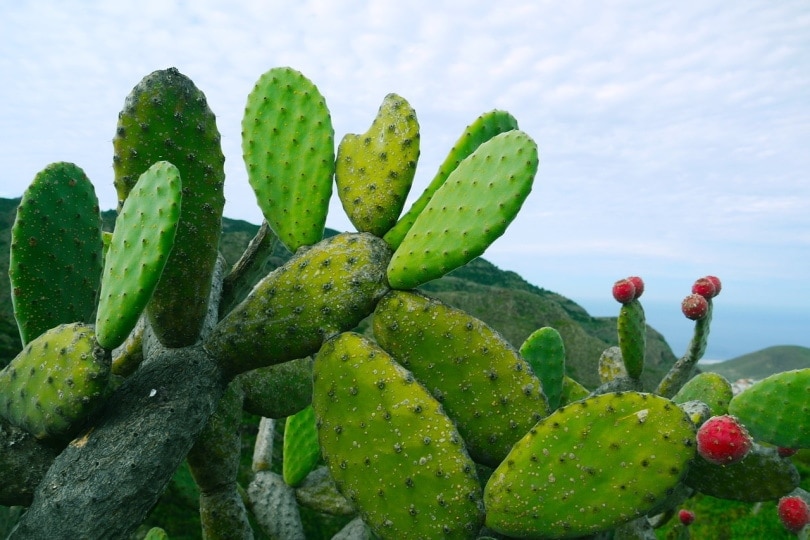
Both the pad and fruit of this green are safe for bearded dragons. They are high in calcium, antioxidants, vitamin C, and fiber. To serve prickly pear to your bearded dragon make sure you remove all spines and cut it into small pieces.
5. Turnip Greens

If you’ve tried turnip greens, you know they have a slightly spicy flavor. Perhaps this is why bearded dragons enjoy them. Like the other greens listed above, turnip greens have a good calcium-to-phosphorus ratio and are high in fiber and vitamins. Your Beardie will notice the softness of these greens.
Greens Considered Occasional Staples
While the greens listed above are safe for your bearded dragon to eat in a greens mix daily, not all are. The greens we will talk about below are nutritious but should be fed to your beardie less often.
6. Alfalfa

Alfalfa is a nutritious addition to your bearded dragon’s diet. It is high in vitamins, an excellent source of fiber, and the sprouts have a high water content. Keep in mind, alfalfa sprouts don’t contain an ideal calcium to phosphorus ratio though (containing more phosphorus compared to calcium) so the sprouts should only be an addition to their diet once a week or every other week.
7. Watercress
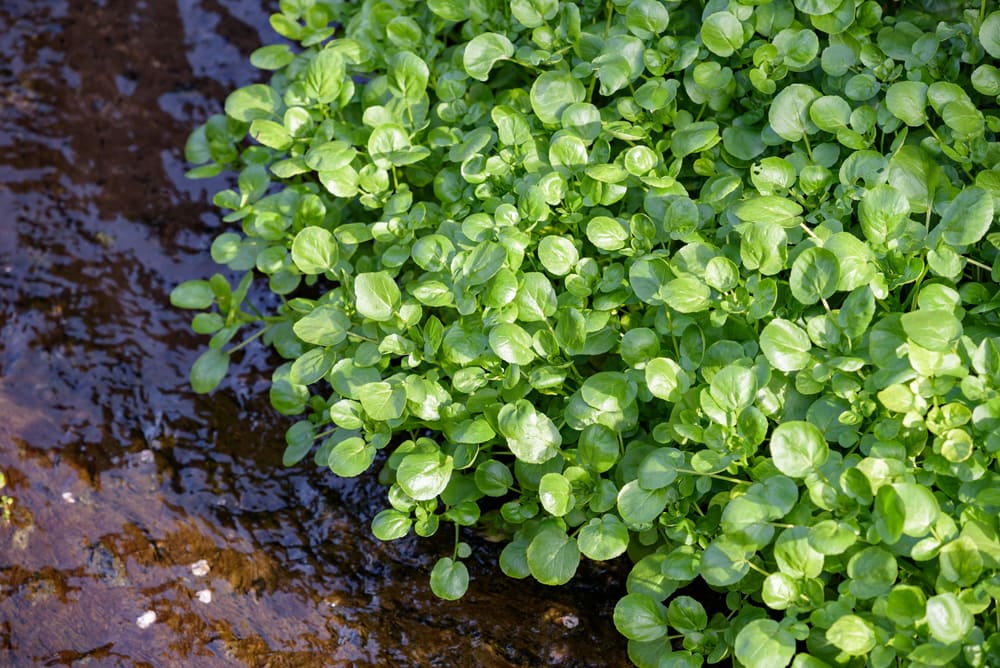
Watercress is a good source of calcium and vitamins A, C and K but is high in oxalates. It makes a good occasional addition to your beardie’s salad mix though.
8. Green Cabbage
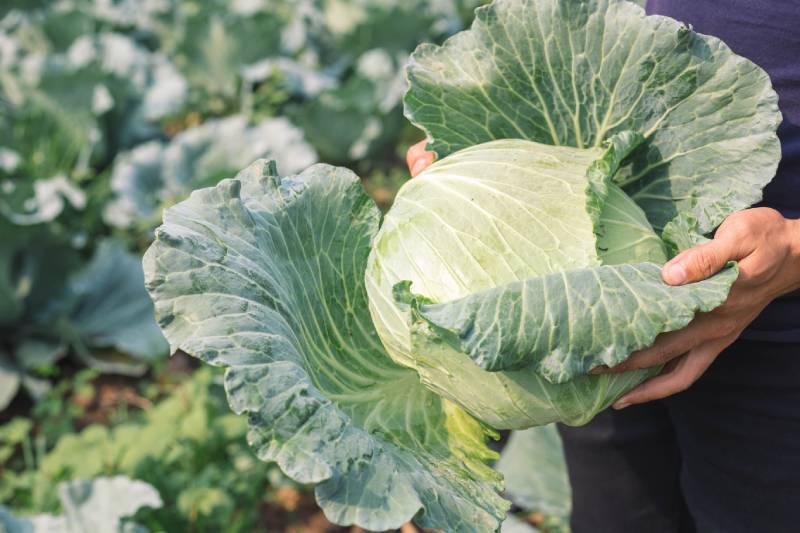
Green cabbage is another vegetable that is safe and nutritious for your bearded dragon in moderation. If fed too often, especially if in combination with other goitrogenic foods, it can affect the function of your dragon’s thyroid gland.
9. Kale

Kale has great things inside and the calcium-to-phosphorus ratio is well proportioned. It is generally recommended as a good option a couple of times a week for most bearded dragons, as part of a balanced salad mix as it does also contain some goitrogens.
10. Lemongrass
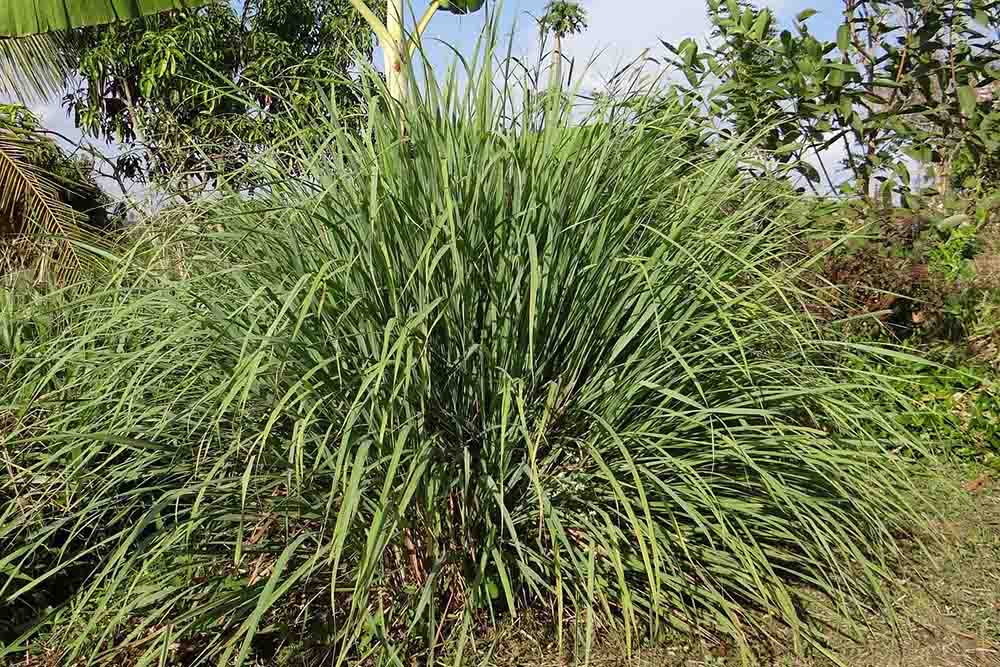
Lemongrass provides your bearded dragon with a tasty citrus flavor. It also has lots of antioxidants and fiber. Lemongrass may also have health benefits due to its anti-inflammatory and antimicrobial properties.
Things to be Aware of When Choosing Greens
While the greens we listed above are solid choices, some being excellent, for your Beardie’s diet, there are certain things you should be aware of when choosing greens for your beardie. Let’s take a look at these below.
1. Oxalates
Oxalates are compounds that occur naturally in plants. Unfortunately, oxalates can interfere with calcium absorption. When serving greens with moderate amounts of oxalates, it’s important to mix these up with other calcium dense greens.
2. Calcium to Phosphorus ratio
Bearded dragons require more calcium in their diet compared to phosphorus. When consumed phosphorus binds to the calcium in your bearded dragon’s diet preventing it from being absorbed. So diets that are high in phosphorus but low in calcium can create a calcium deficiency and lead to metabolic bone disease. The ideal ratio of calcium to phosphorus is 2:1.
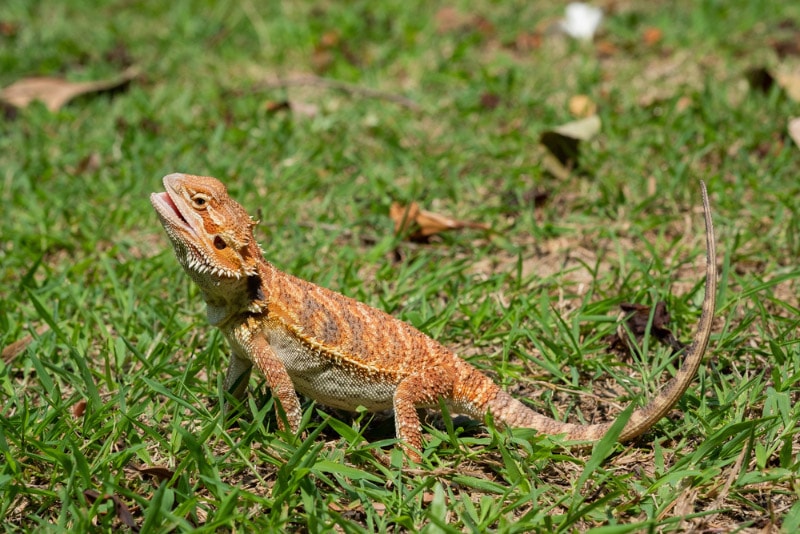
3. Goitrogens
Goitrogens can suppress thyroid function by interfering with iodine uptake. If too many are fed then it can lead to hypothyroidism.
4. Water
Yes, your bearded dragon needs water to keep it hydrated. However, feeding too many foods with a high water content can cause diarrhea.
Conclusion
Hopefully, this list of greens that are safe for daily and occasional consumption by your bearded dragon can help you shake things up a bit when it comes to your pet’s diet. Offering your pet tasty greens that are safe and nutritious can keep your pet healthier and stronger. Variety is extremely important for beardies, it is not a good idea to feed the same selection of foods daily, but to rotate greens regularly so your pet gets nutritional benefits from different sources. Of course, if you have any questions regarding safe feeding practices and measures, you should always contact your veterinarian.
Featured Image Credit: Pepi M Firmansyah, Shutterstock


